Many years ago, marketers saw search engine optimisation and conversion rate optimisation as two entirely separate entities.
Then, SEO was seen as a traffic generation strategy while CRO was a strategy to convert the website visitors.
However, that has changed. As Google and other search engines grew smarter, user experience has become an integral part of SEO. At the same time, keyword stuffing became outdated and even harmful to websites that employ those tactics.
SEO has come along way, you can learn the basics to any good SEO campaign right here.
Considering that user experience is vital to CRO too, improving SEO today means you’re also taking steps to improve your website’s conversion rates.
Therefore it’s no surprise that MarketingSherpa found in a study that organic traffic has an average conversion rate of 16%. This is far higher than the conversion of traffic from other marketing channels.
Having said that, what are the best SEO tactics today that will boost your conversion rates? Here are 5 of them.
1. Discover and target the right keywords through detailed keyword research
Driving organic traffic to your website might just pad your website’s traffic stats if you’re attracting the wrong searchers. Frankly, the best way to convert organic traffic is to attract searchers who are likely to take your intended actions.
To achieve this, you have to start with keyword research. Who are your ideal buyers? What are their needs? What terms can they put in the search box at each stage of the buyer’s journey?
By answering these questions, you can form hypotheses of possible search terms your ideal buyers are likely to use. After this, you need to validate (or invalidate) your hypotheses with keyword research tools.
Google provides the keyword planner tool that advertisers can also use for their SEO efforts. Another tool you’ll find useful is SEMrush which will help to uncover valuable keywords and carry out competitive analysis.
From your keyword research tool, you’ll find details such as:
- Search volume
- Keyword difficulty
- Cost per click
- Click-through rates
- Conversion rates
With these details, you can uncover valuable keywords to target. And for the best chances of conversions, you should target long-tail keywords.
For starters, over 50% of search terms are 4 words or longer according to Casie Gillette. But more importantly, it’s easier to determine search intent for long-tail keywords.
For instance, “buy leather shoes in Boston” has a clearer intent than “leather shoes.” By targeting search terms that buyers use, it becomes easier to increase conversions.
Through smart keyword research for a post, UAV Coach got 20,314 pageviews from Google and acquired 2,335 leads in just 6 months.
2. Consider search intent to create great content
In the past, SEOs inserted their target keywords as many times as possible in a piece of content in the hopes of boosting their ranking for the term. Now, that’s considered keyword stuffing and it could land you a Google penalty.
So how do you rank high for a keyword? And how do you convert the organic traffic that comes with the high search rank? Quite simply, by creating great content.
Here’s a little problem though: the concept of great content is vague. Everyone has a different idea of what great content looks like. Therefore, it makes sense that according to Google search quality evaluator guidelines, the purpose of a page will determine what high-quality content means for that page.
In a nutshell, great content is best identified by your visitors. When a visitor finds all the information they need on your page, you’ve created a piece of great content.
To achieve this, you have to consider the searcher’s intent. Why does a searcher put a particular keyword in the search box?
Common intents include:
- Navigational intent
- Informational intent
- Commercial intent
- Transactional intent
For instance, a searcher searching “best TV set” is not looking for a page with a single TV set. They’re looking for details on great TV sets according to various criteria.
As a matter of fact, focusing on searcher intent will help you create a piece of content that meets the intent. Consequently, you can convert these visitors to leads and customers down the line.
3. Perfect on-page SEO elements
To understand your page topic, search bots read on-page SEO signals. Apart from this, on-page SEO gives visitors an idea of what your page is all about.
Here are some on-page elements to optimize for higher organic traffic and conversions:
- Meta description: this provides a summary of what your post is about on the search engine results page.
- Title tag: the title tag shows your post title on the SERPs. By optimizing your title tag and meta description, you can improve the click-through rate on the SERPs.
- Subheadings: these help to break your content page into different sections. It improves the user experience for the visitor and makes the page easy to understand.
- Images: the brain processes visuals faster than text and images can improve your content and increase time on site. You need to optimize your image name and image alt text for your target keywords.
- External links: linking out to valuable pages makes your content better and leads to better user experience.
- Internal links: linking to relevant pages on your website makes your website a big resource for your target topic.
Perfecting on-page SEO elements will make it easier for search bots to crawl your page. Furthermore, it improves the user experience and your website design for a page visitor – a win-win situation.
4. Improve page load speed
The truth is, you can only convert a visitor who stays on your web page long enough. Unfortunately, a slow page load speed will chase visitors away from your page.
For instance, Google found that the probability of a bounce rises 32% once your page loads for 3 seconds.
In another study, Walmart found that conversion rates rose sharply as the website page load time fell below 3 seconds.
Apart from losing conversions, a slow page load speed will harm your search rankings. For example, Google clearly stated that page speed is a search ranking signal for desktop as far back as 2010. In 2018, this was extended to mobile search rankings too.
Having said that, the first step to take to improve your page speed is to actually know it. A tool such as Pingdom provides details about your page speed and other performance metrics.
Added to this, Pingdom makes recommendations about changes you can implement to improve your website speed.
If your website load speed is low, there are actions you can take to improve it:
- Using a fast host
- Optimizing images and media files to reduce page size
- Using a content delivery network
- Eliminating bulky website code
By taking these steps, you can improve your page speed, search rankings, and increase conversion rates.
5. Make your pages mobile-friendly
Over the years, mobile devices have grown in popularity. So much that a study found mobile devices account for 60% of Google searches.
Furthermore, Google launched the mobile-first indexing approach which indexes the mobile version of your pages before the desktop version. If you have a poor mobile website, it will be difficult to rank high on mobile search.
And even beyond that, visitors to your website on mobile devices will bounce off rather than convert. To check your website’s mobile-friendliness, enter your address into the Google mobile-friendly test tool.
This will show how mobile-friendly your website is and provide recommendations to improve its mobile-friendliness. Generally, you can prevent these issues by using a mobile-responsive theme on your website.
Conclusion
SEO doesn’t have to be isolated from conversion rate optimization; quite the contrary in fact: optimizing your website for search engines today includes steps that can increase conversion rates.
This expert CRO & SEO blog post was written by Lilach Bullock.
She’s a hugely connected and highly influential entrepreneur.
She is listed in Forbes as one of the top 20 women social media power influencers, named one of 10 top digital marketers by Brand24 and was crowned the Social Influencer of Europe by Oracle.
She is listed as the number one Influencer in the UK by Career Experts and is a recipient for a Global Women Champions Award for her outstanding contribution and leadership in business.



 Jan 16, 2020
Jan 16, 2020 

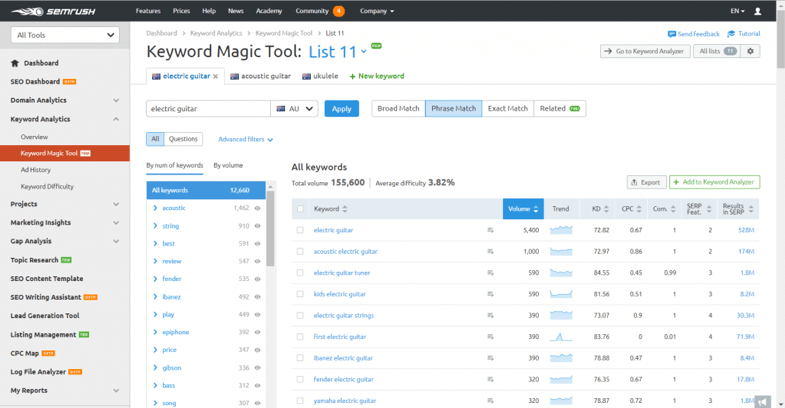
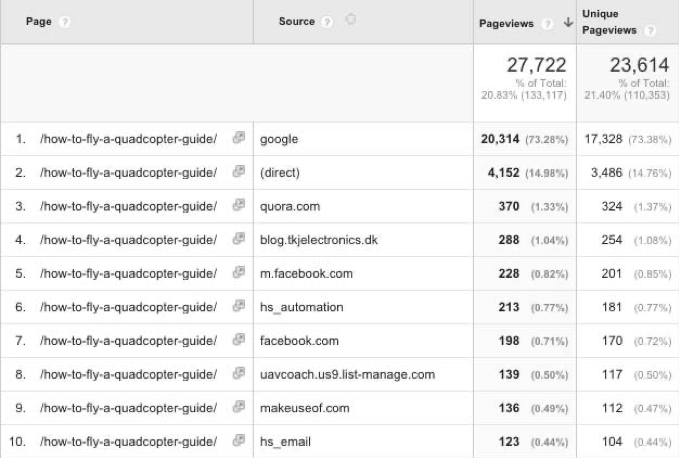

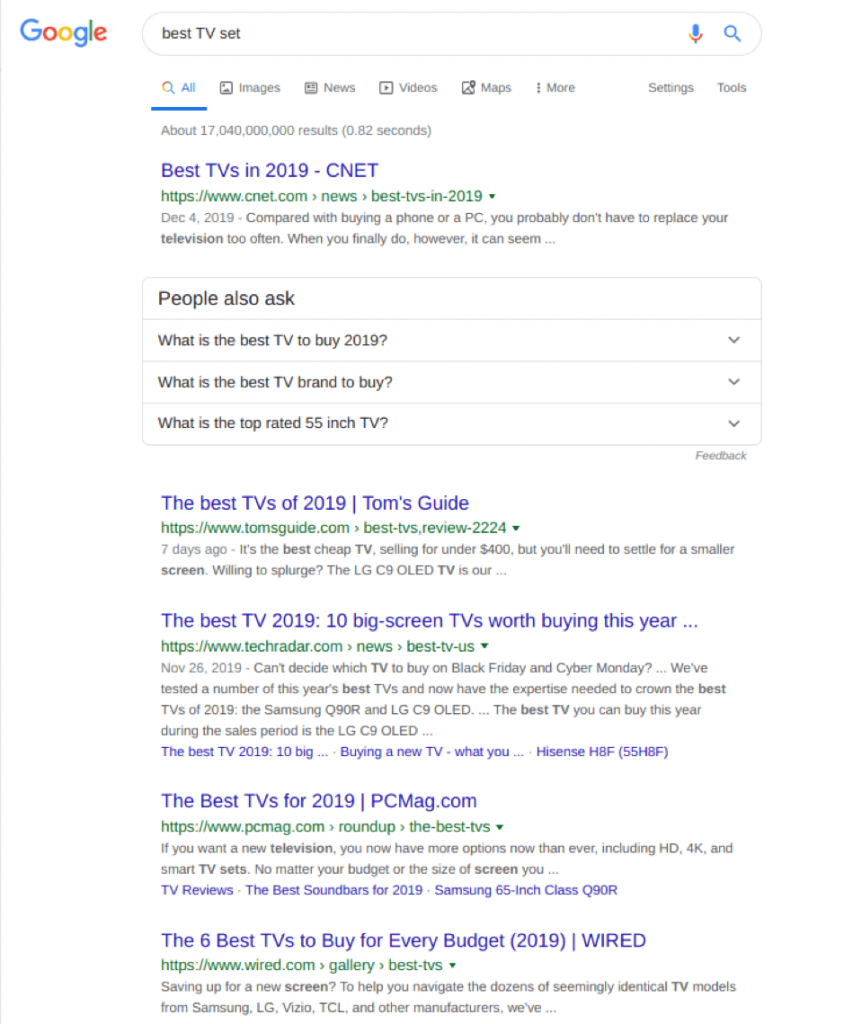

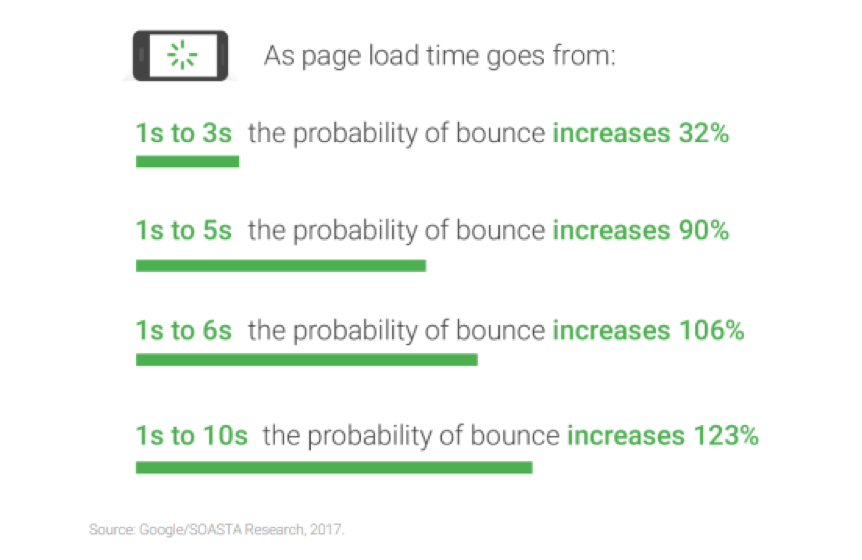
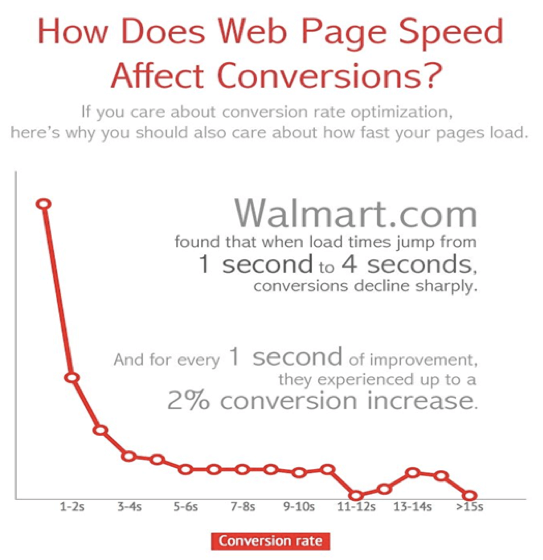

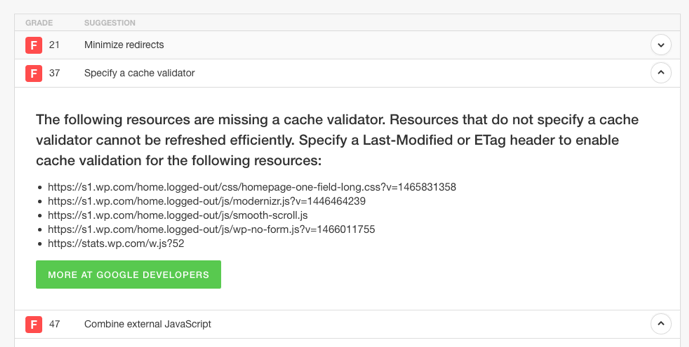
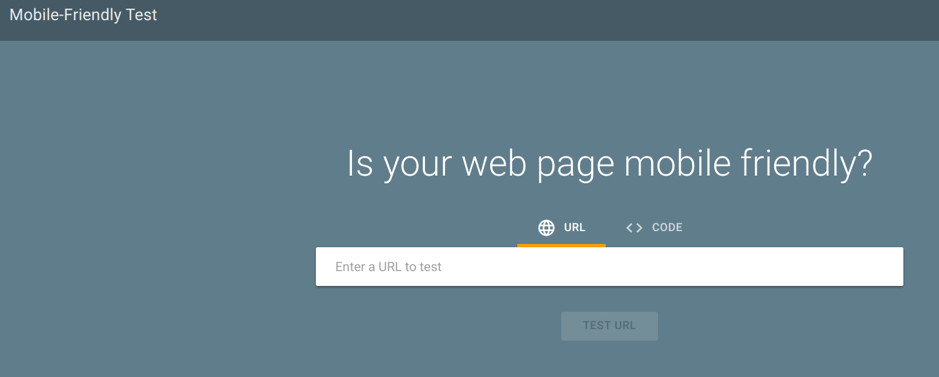






 Contact us
Contact us 
